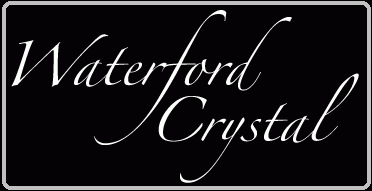 ---The Ebay Auction
---The Ebay Auction ---The Ebay Auction
---The Ebay Auction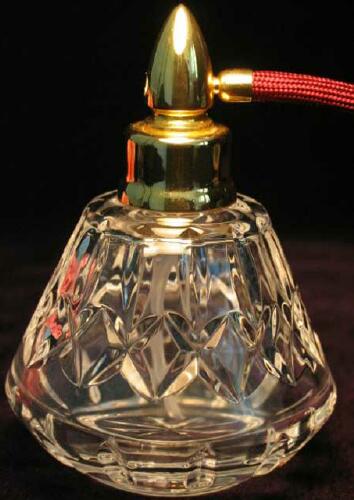
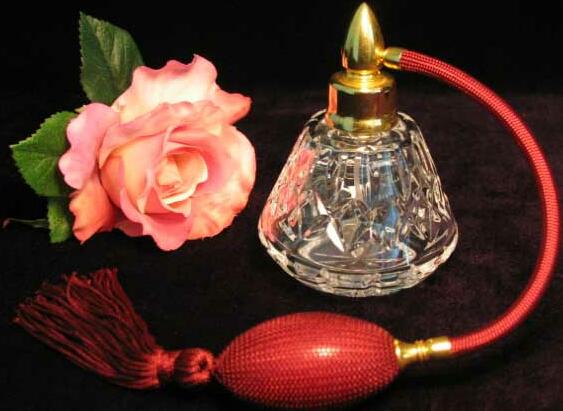



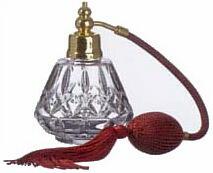

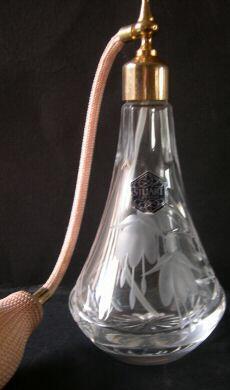

In 1783, George and William Penrose opened
a glass company in Ireland called Flint Glass Works
Although glassmaking had been popular throughout England and Ireland
for a number of decades, the high rate of taxes and a number of
Parliamentary Acts made it nearly impossible for one to open a
productive glasshouse
The Parliamentary Act of 1780 opened free trade to the Emerald
Isle
In Waterford County, Ireland, George and William Penrose began
building a glass factory
Ironically, the brothers were not skilled in the art of blowing
and cutting glass and viewed the opening of the glass works as
a potentially profitable business under the new trade laws
They hired John Hill of Worcester’s Stourbridge Glass Works
and brought in fifty skilled artisans from the European continent
John Hill was named the Company’s Managing Director
From the outset, the brothers demonstrated a keen sense of business
They began by petitioning Parliament for Government subsidies
By pointing out that England and Ireland would reduce its import
of glass and by promising to run a business that would employ
sixty to seventy employees, George and William were granted a
10,000 pound subsidy
After having set up their business, the brothers began to woo
the aristocracy of Ireland and England
In 1788, Waterford produced a glassware service as a gift to her
Majesty, Charlotte Sofia, wife to King George III
The King and Queen were so charmed by the crystal service that
they ordered the set to be displayed at Cheltenham
Local newspaper reporters were thrilled by the sight of Waterford’s
curious design
In 1790, George and William invited the aristocracy to tour their
factory
Dignitaries such as the Countess of Westmoreland, the Marquis
and Marchioness of Waterford, and the Bishop of Ossory arrived
in Waterford and were delighted by the manufacturing process shown
to them
The original owners and their managing director decided to sell
the old Flint Glass Works in 1799
Waterford was purchased by Jonathan Gatchell, an apprentice at
the factory
Between 1800 and 1823, Waterford grew most rapidly
Jonathan Gatchell developed a plan by which his children could
inherit and manage the glass works at Waterford
Also, Gatchell constructed a larger factory and hired twenty-five
more employees
Jonathan Gatchell’s son, George inherited the factory in
1835, on his 21st birthday
The old Flint Glass Works would only survive for another sixteen
years
New taxes were levied on the import and export of crystal under
the unction of King George IV
Unable to find a partner with a considerable amount of contributive
capital, George Gatchell auctioned off the Waterford’s Flint
Glass Works factory
In 1851, Flint Glass Works closed its doors and remained closed
for more than a century
To understand how and why Waterford’s Glass Works would be
reopened in the 20th century, one must understand the legends
that developed around the famed glass maker
Waterford had been the only successful manufacturer of crystal
in Ireland
The company represented the industrial revolution to the Irish
people
Flint Glass Work’s product was sought after by the aristocracies
of Europe
After the company’s closing, many of the Irish people would
struggle for Independence from England
The struggles and civil wars in Ireland left the agrarian peoples
of the Isle poor and disillusioned
During the 19th century, nearly half of Ireland’s population
would immigrate to the United States
With them, they brought stories of Ireland’s famed glassmaker,
Waterford
Before this point, no backstamps or “signatures” were
used on crystal
As a result, it became vogue for Americans to refer to their crystal
as Waterford
The Irish told stories of Waterford crystal having the clearest
ring of all glass
At dinner parties, people began tapping their crystal with their
silver to hear what type of ring it would produce
Another myth that developed around Waterford was that “it
was so clear, that it was blue.”
Consequently, blue glassware in the United States began being
referred to as Waterford
During the 1930’s, Ireland set out to develop a modern industrial
society
Wanting more industry and to slow the number of immigrants, Ireland
began inviting wealthy prospectors into the country
A group of Belgians, lead by two Irishmen, Joseph McGrath and
Joseph Griffin, invested in the nearly defunct Irish Bottle Co
The partners opened what they called a “pilot factory”
This factory, in Ballytruckle, Ireland, successfully weathered
hardships resulting from the great depression as well as the Second
World War
By 1950, McGrath, Griffin, and Bernard Fitzpatrick, an important
shareholder in the company, decided to revive the Waterford tradition
The Irish state remained poor with an unskilled labor force
The managing partners, like the Penroses before them, went to
the European continent to find a skilled labor force
Their work was not hard as displacement camps throughout Europe
remained full
Displacements camps were set up following the Second World War
for those whose homes were destroyed or for people who had been
transported to death or labor camps by the Nazis
Czechoslovakia and the Sudetenland were famed for their glassblowers
and cutters
The people of Czechoslovakia and the Sudetenland were hardest
hit and most poor as a result of the Second World War because
they were first in sight of Hitler’s conquest for Europe
McGrath and Griffin returned to Ireland and brought with them
thirty skilled glass blowers and cutters
They began an apprentice program like none other
The thirty men brought from Europe trained Irishmen in the arts
of glassmaking
Although these displaced artisans stayed for many years, all but
one returned to the continent
A new factory was built in Johnstown in Waterford County
In 1951, the new factory opened exactly 100 years to the day that
the old Flint Glass Works closed in 1851
Today, Waterford employs more than three thousand people
Their business remains steeped in tradition
The apprenticeship program that was instituted in 1951 to ensure
the employment of Irishmen remains
Their crystal stemware can be found on tables throughout the world
Their chandeliers hang in buildings such as Windsor Castle, Westminster
Abbey, and the Kennedy Center
Each pattern or “suite” of crystal made by Waterford
reflects the Irish spirit and the history of the Emerald Isle
Many of Waterford’s pattern names are those of young and
beautiful girls. Alana, first produced in 1952, is a girl’s
name meaning “darling”
Sheila came from Anglo-Norman Caecelia and has evolved into Cecelia
Colleen was first produced in 1968 and is the Irish word for “young
girl”
The name is almost never used in Ireland as a first name but is
quite common in the United States
In 1968, Waterford produced Ashling
Ashling is a girl’s name meaning “dream of beauty”
Other patterns by Waterford have been introduced to celebrate
the isle itself
The Lismore pattern
was first produced in 1957 and celebrates Lismore Castle in Waterford
County
Powerscourt was first produced in 1969 and was produced in celebration
of the Powerscourt Gardens in County Wicklow which is famed for
its collection of Asian botanicals
Kenmare was first produced in 1968 and reminisces of the seaside
town Kenmare in Kerry County
As Waterford has grown, it has introduced several lines of Christmas
ornaments as well as giftware
